Polypeptides have a rich variety of structures and functions. Their chemoenzymatic synthesis is reviewed by the Enzyme Research Team at RIKEN, Japan.
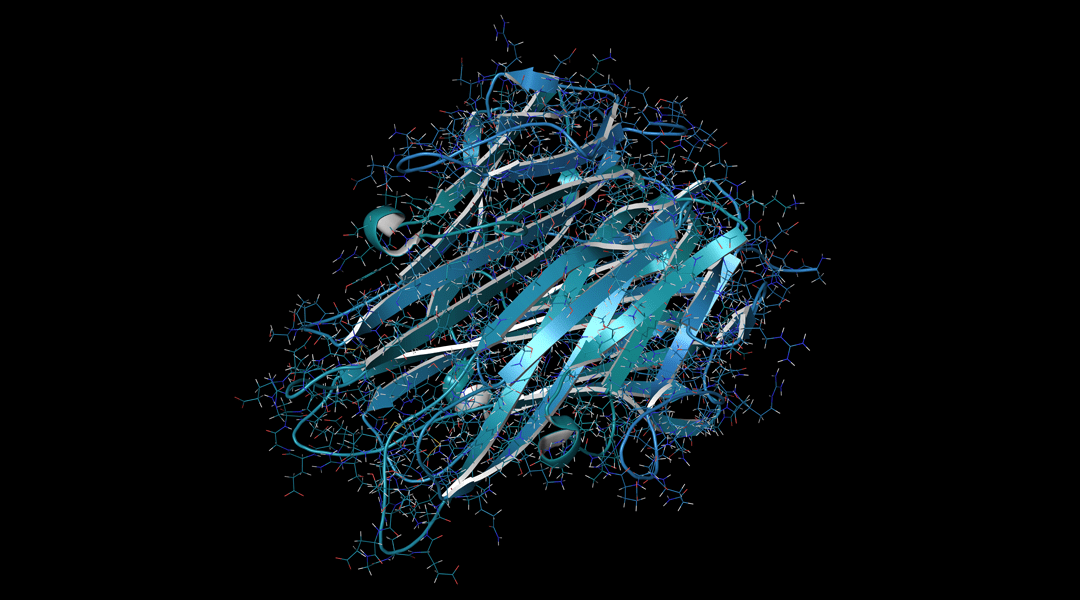

Polypeptides have a rich variety of structures and functions. Their chemoenzymatic synthesis is reviewed by the Enzyme Research Team at RIKEN, Japan.

PROTEOMICS is inviting papers for a Special Issue on Omics insights into (nano)materials–organism interactions.
Limbal stem cells have attracted a lot of interest in the field of regenerative medicine because of their unique ability to fully restore the whole cornea upon transplantation. Several important aspects of limbal stem cell biology are reviewed such as limbal stem cell identification, developmental origin and therapeutic potential.
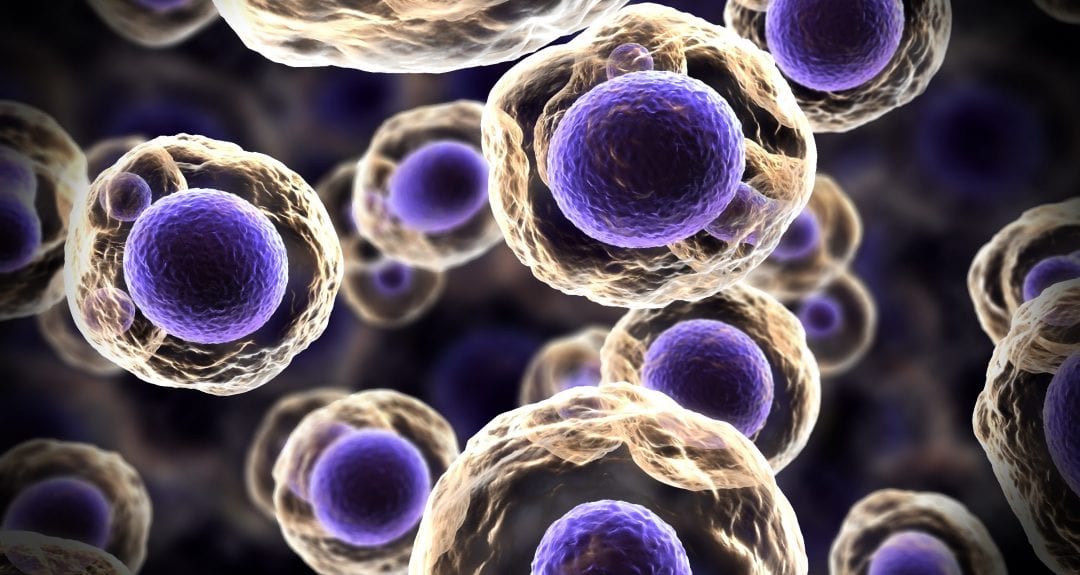
Small molecules have many important roles across the tree of life.
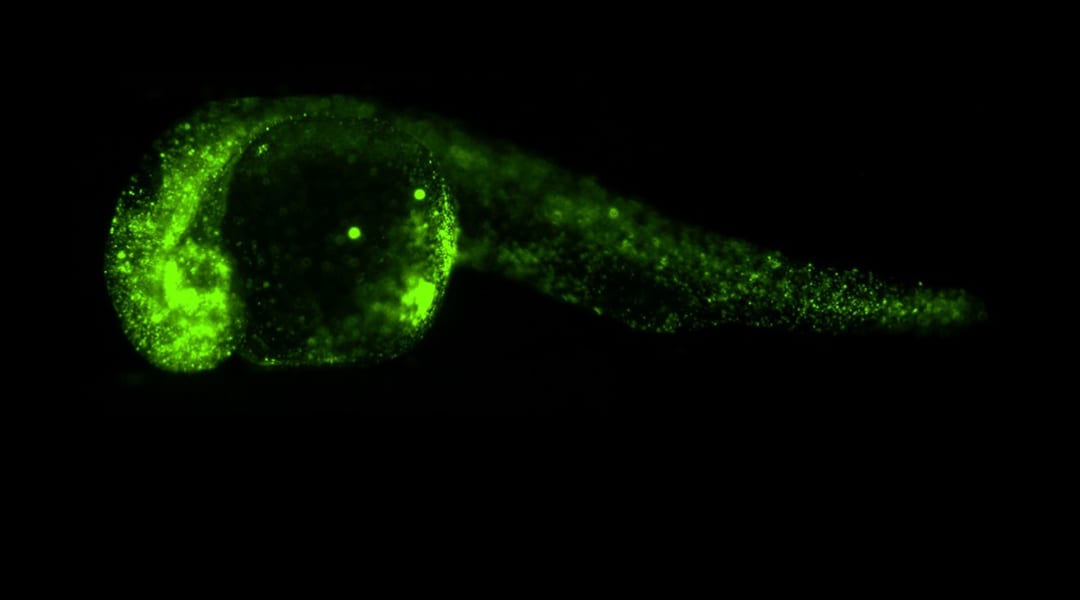
A complementary technique, based on the Holographic Optical Tweezers (HOT) technique, which enables several locations within the same sample to be probed simultaneously, is developed.
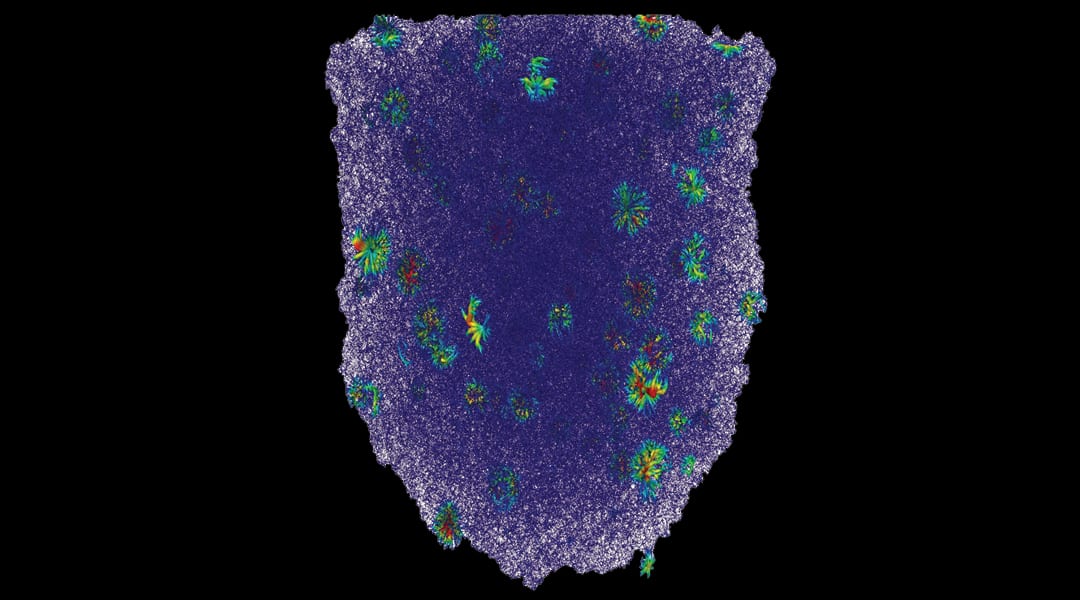
This new Special Issue in Advanced Engineering Materials highlights recent progress in the field of Cellular Materials.
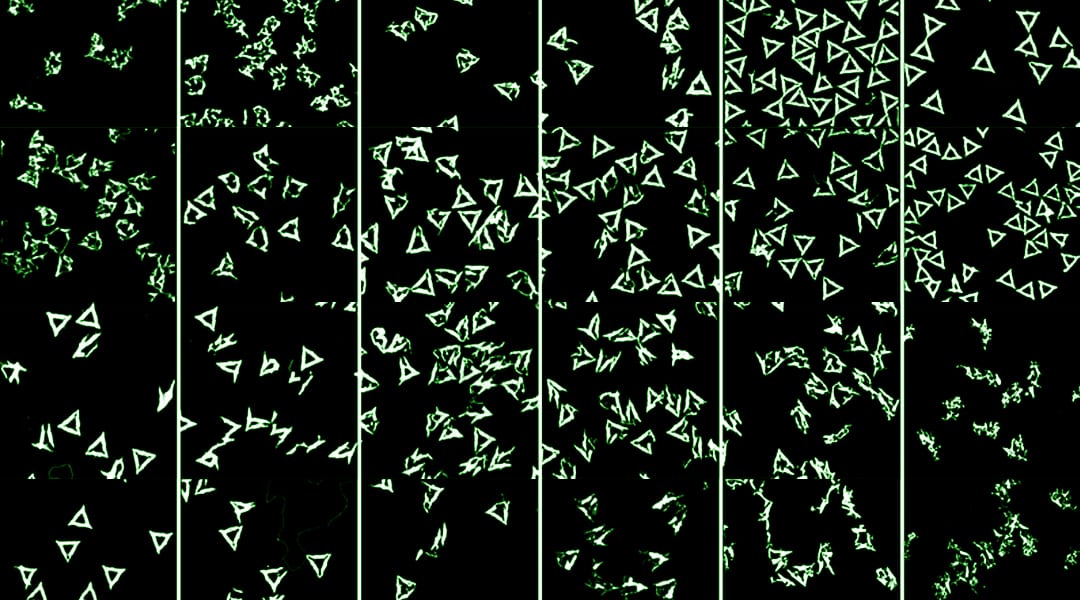
The stability of DNA origami under strongly denaturing conditions is investigated.
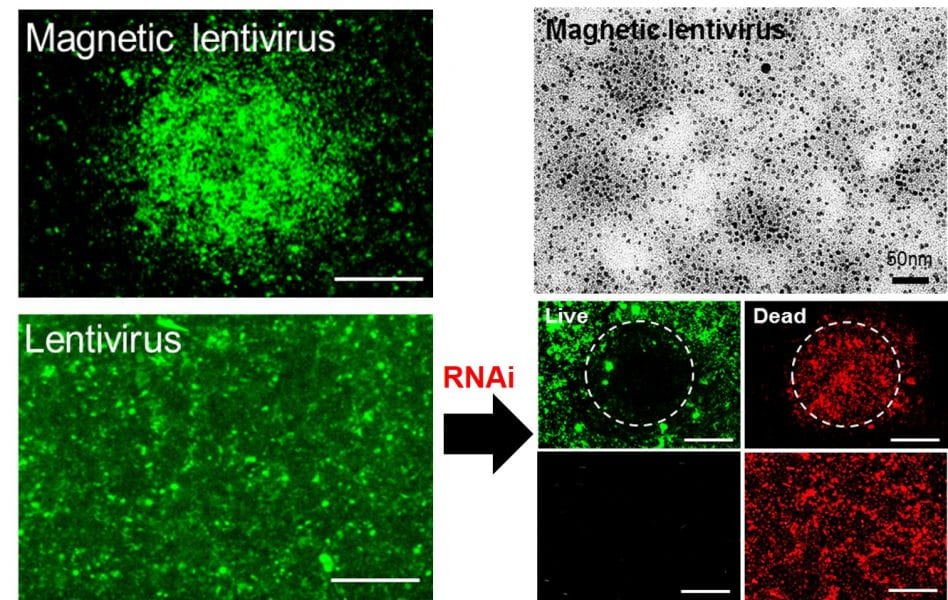
A team of researchers from National Sun Yat-sen University report on microscale RNA interference using iron oxide nanoparticle-modified lentivirus.

A new study introduces an innovative and cost-effective technique for the plasma functionalization of POSS micro-powders without damaging the nanocage structure they are based on.
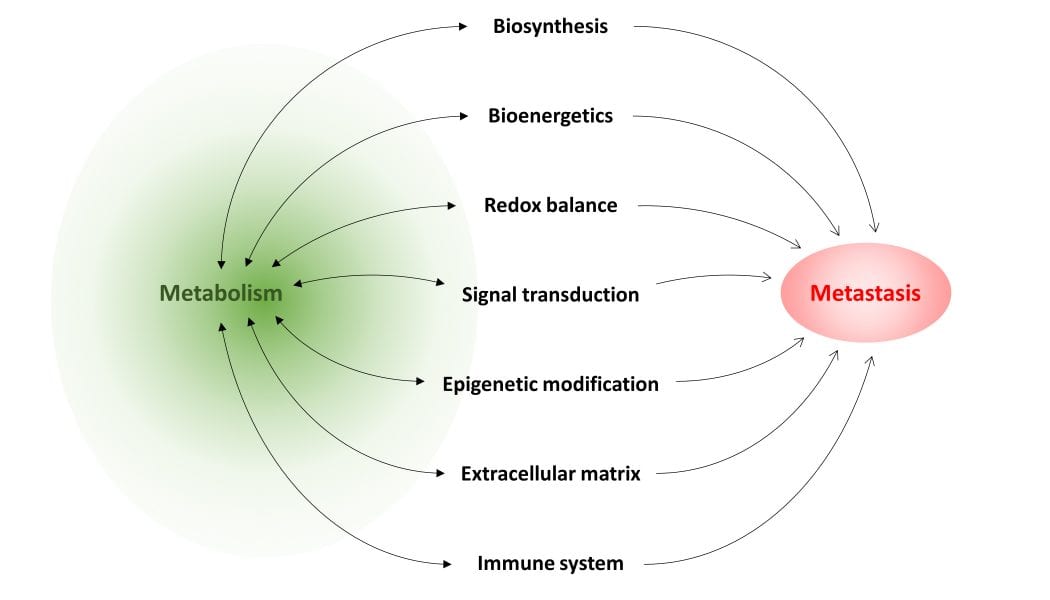
Metabolism promotes metastatic progression and supports metastatic cancer cells through diverse, interlinked and overlapping mechanisms.